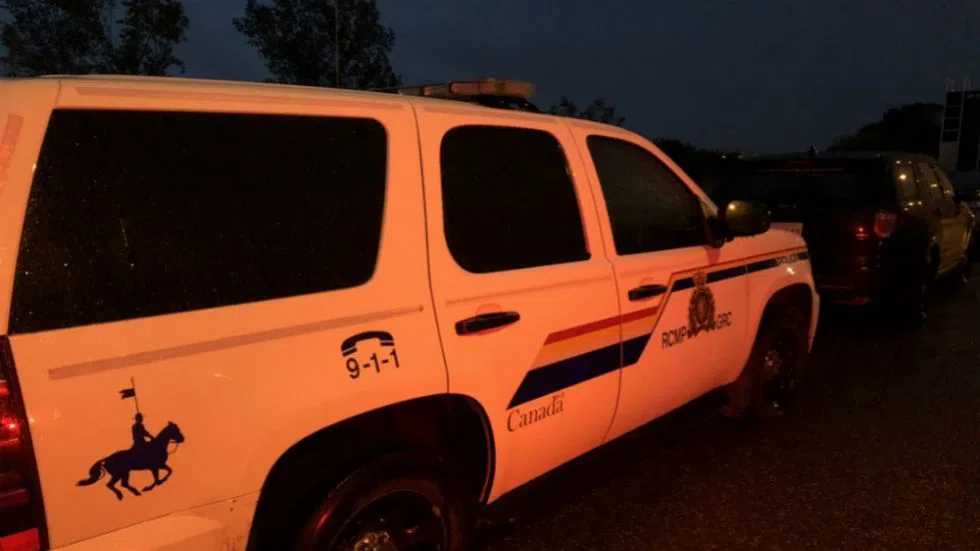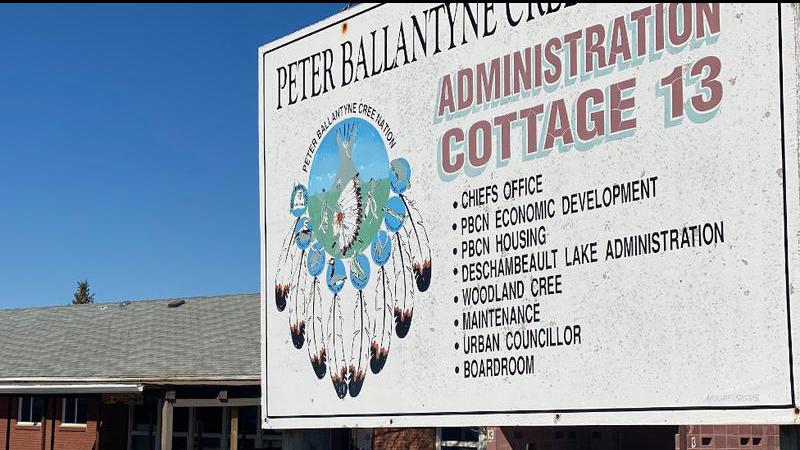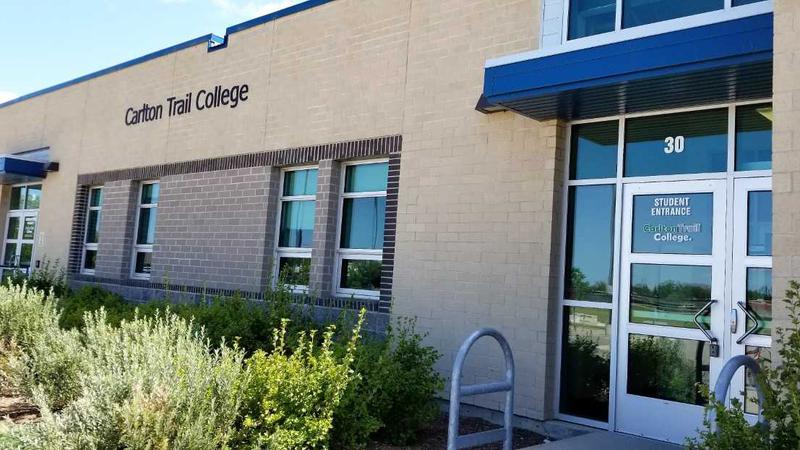
Amber Alerts explained and why activation was needed in recent event
Following the Amber Alert situation in the Battlefords area earlier this week, much discussion has resulted about what an emergency of that nature entails.
Amber Alert emergency messages, such as the one involving the abduction of a six-year-old girl on Sunday, are activated in high-risk situations. Saskatchewan RCMP Cpl. Rob King, with the Communications Unit, talked to northeastNOW about what factors must be met in an Amber Alert situation.
“An Amber Alert is not taken into lightly,” he said. “We’re very careful about which things we call Amber Alerts for … We don’t do an amber alert for every type of missing persons, because you would lose the impact because people would become desensitized.”
In the case of the Sunday’s call, which came out just before 7:30 p.m., the situation covered the criteria of the Amber Alert situation, King said.


